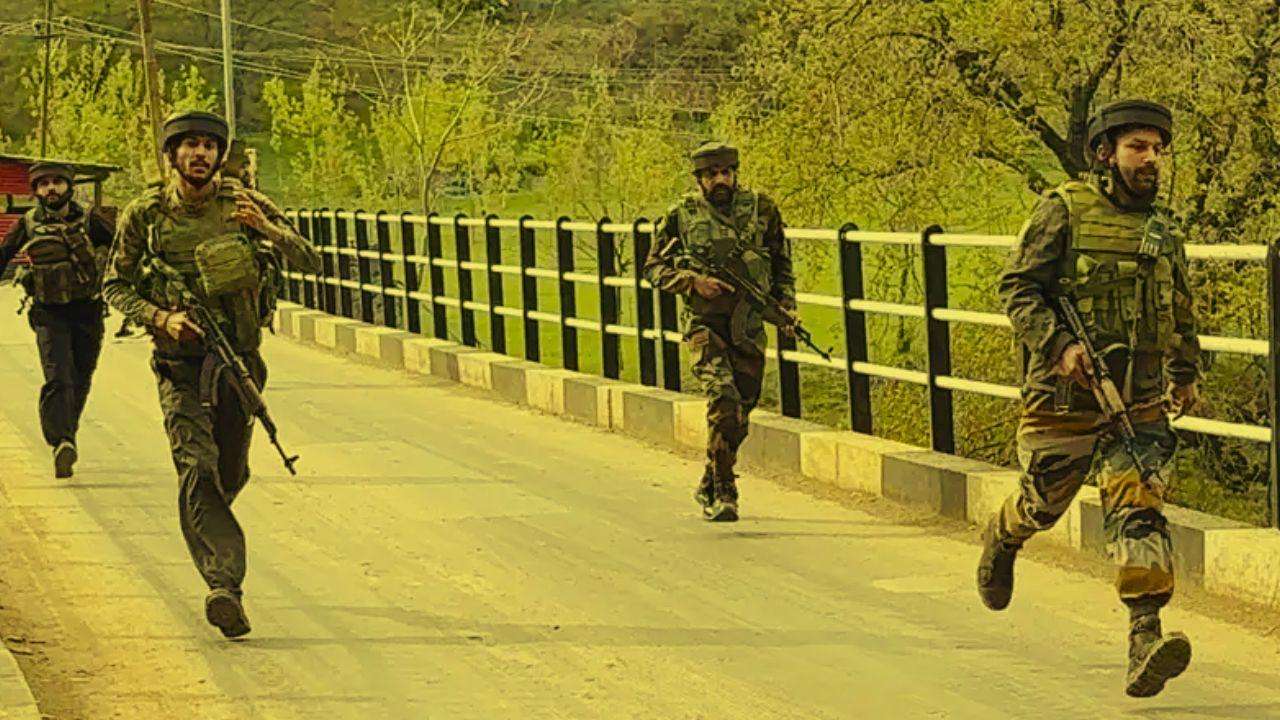At least 28 tourists were killed in a Tourists attack at a popular tourist spot in Indian-administered Kashmir, coinciding with a visit to the country by US Vice President JD Vance.
The assault took place in the scenic Baisaran Valley near Pahalgam, a well-known tourist destination located around 90 kilometers south of Srinagar. Officials have called it the deadliest civilian attack in the region in recent years.
According to reports, the gunmen emerged from a dense pine forest near the mountains and opened fire on tourists around 3 PM local time.
Disturbing videos shared online by locals showed bloodied victims on the ground, with distraught relatives calling for help. Due to the remote, roadless location, helicopters were used to evacuate the injured.
A local tour guide, who identified himself only as Waheed, told AFP that he heard gunshots and rushed to the scene, helping carry injured victims away on horseback. “I saw a few men lying lifeless on the ground,” he said.
One woman who survived the attack told PTI that her husband was shot in the head, and seven others nearby were also wounded.
Omar Abdullah, a senior regional leader, described the incident on social media as “much larger than anything we’ve seen directed at civilians in recent years.”
The deceased included tourists from Karnataka, Odisha, Gujarat, and at least two foreign nationals. Authorities confirmed that at least six others were injured.
Indian Prime Minister Narendra Modi, who had met Vice President Vance a day prior, condemned the attack, calling it a “heinous act.” He vowed justice for the victims, adding that “our fight against terrorism is unwavering.”
Security forces have sealed off the area, launching a manhunt for the attackers. According to local police, two to three militants indiscriminately opened fire and then fled the scene, which is accessible only by foot or horseback.
Eyewitnesses described panic and chaos. One told India Today that people initially mistook the gunfire for firecrackers. “Once we heard the screaming, we just ran,” he said. Another added, “We didn’t stop for four kilometers. I’m still shaking.”
Following the attack, protests broke out across the region. In Jammu, a rally led by right-wing activists blamed Pakistan for the violence.
A group calling itself “Kashmir Resistance” claimed responsibility in a social media post, citing anger over what it described as a demographic shift driven by the resettlement of over 85,000 outsiders in the region.
The Himalayan territory, claimed by both India and Pakistan, has seen decades of militant unrest since 1989. Tens of thousands have died, although violence has declined in recent years.
India revoked Kashmir’s semi-autonomous status in 2019, splitting the region into two federally controlled territories and allowing outsiders to settle and buy land—a move that many locals opposed.
Officials believe the attackers intentionally targeted tourists to spread fear and destabilize the region's growing tourism sector.
Vice President Vance condemned the assault on social media, extending condolences: “Usha and I extend our condolences to the victims of the devastating terrorist attack in Pahalgam, India. Our thoughts and prayers are with them.”
The incident marks a concerning escalation in Kashmir’s conflict. While violence against local minorities and migrant workers has increased since 2019, tourists have largely been spared—until now.
With Baisaran Valley drawing tens of thousands of Indian tourists during peak seasons, the attack has sent shockwaves across the country. Indian military and paramilitary forces have intensified search operations in the forested terrain, where militants have often targeted security personnel in the past.
Kashmir remains among the most heavily militarized regions in the world, with India and Pakistan having fought multiple wars over the territory, each controlling parts of it while claiming the whole.
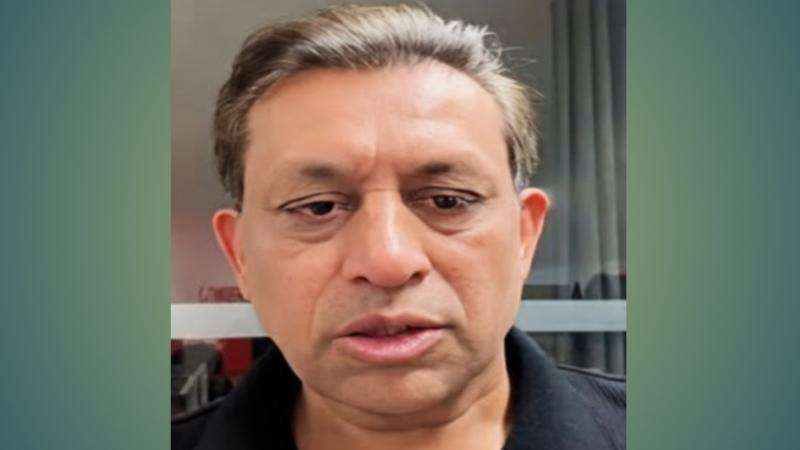
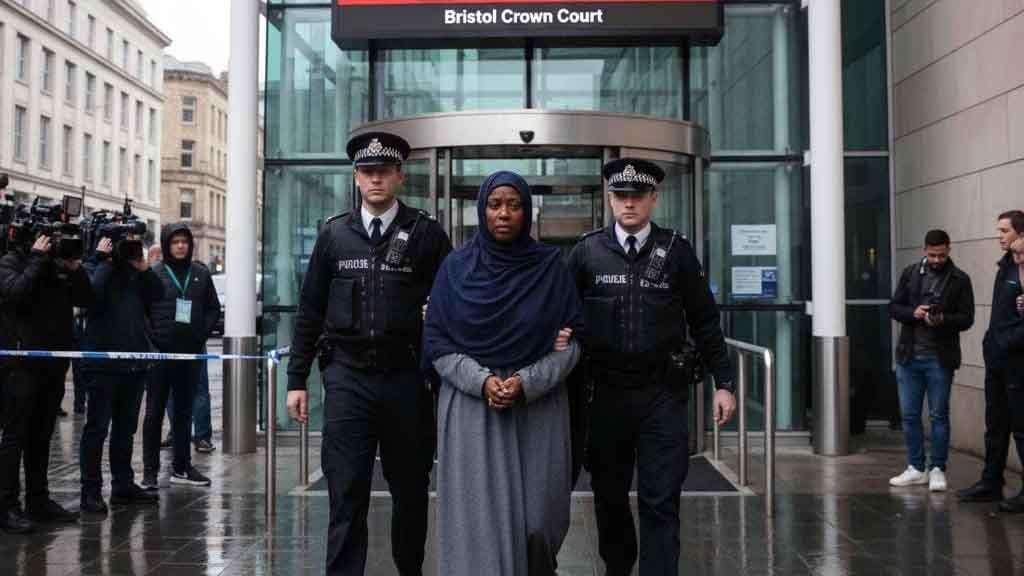
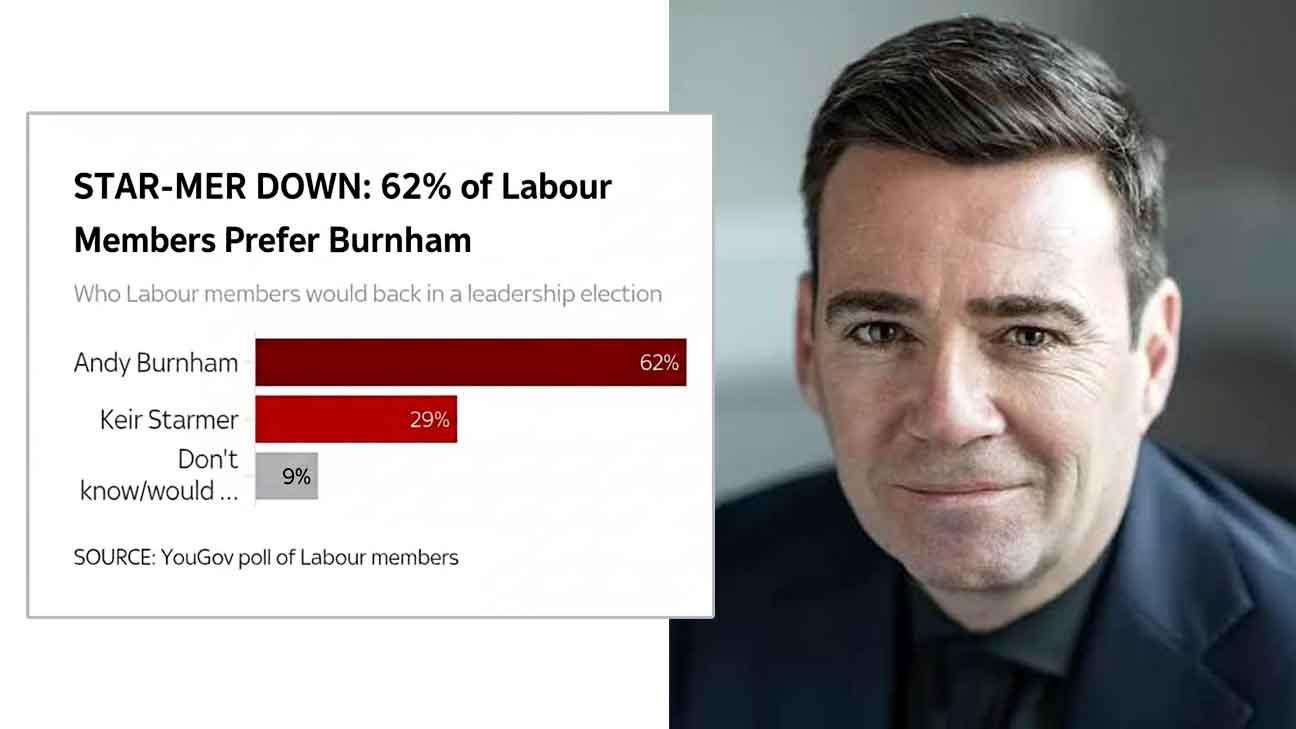
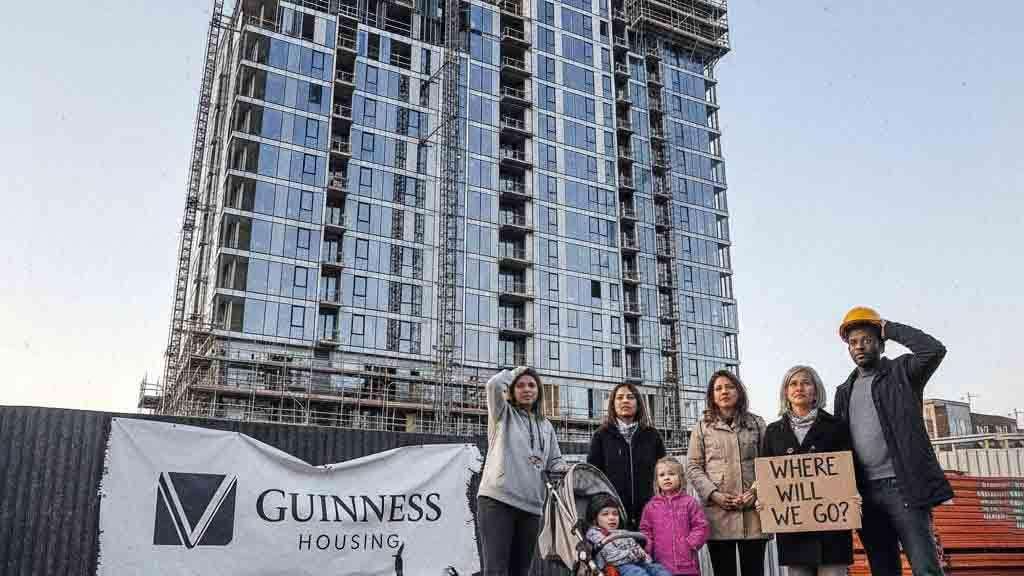
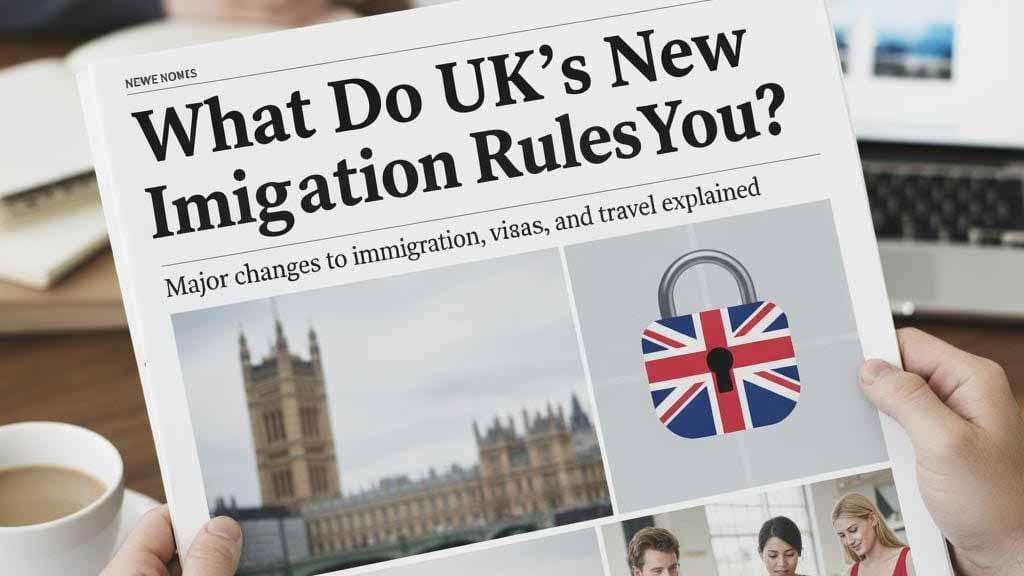


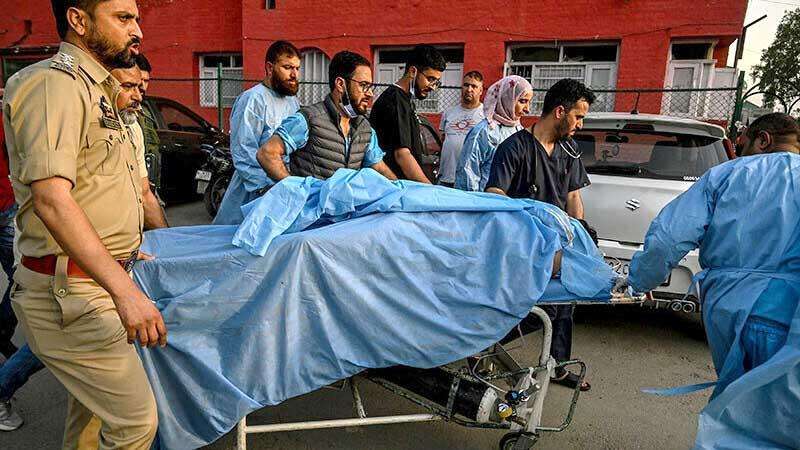
.svg)

